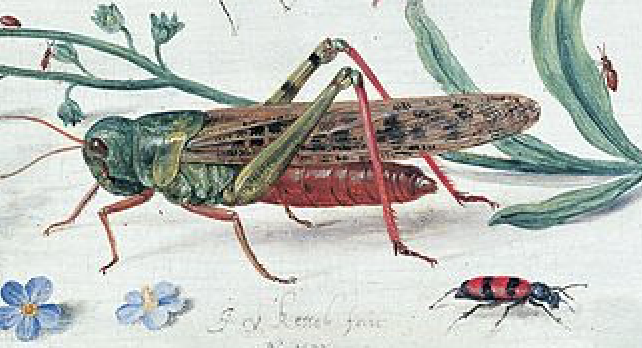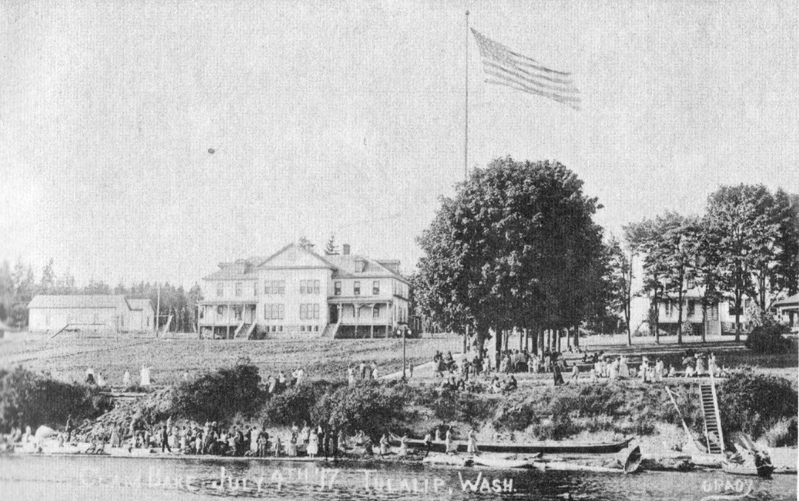The Conceited Grasshopper
By Anonymous
Annotations by Karen Kilcup

There was a little grasshopper Forever on the jump; And as he never looked ahead He often got a bump. His mother said to him one day As they were in the stubble, “If you don’t look before you leap, You’ll get yourself in trouble.” The silly little grasshopper Despised his wise old mother, And said he knew what best to so, And told her not to bother. He hurried off across the fields, An unknown path he took, When oh! he gave a heedless jump, And landed in a brook. He struggled hard to reach the bank, A floating straw he seizes, When quickly a hungry trout drops out, And tears him all to pieces. MORAL. Good little boys and girls, heed well Your mother’s wise advice; Before you move, look carefully; Before you speak, think twice.

Anonymous. “The Conceited Grasshopper.” The Youth’s Companion 3, no. 1 (August 1881): 57.
Contexts
Begun in 1881, The Youth’s Companion—a name that many nineteenth-century publications shared—was a monthly student magazine that published articles written by pupils of the Catholic-run boarding school located on the Tulalip Indian Reservation. A federally recognized tribe located in the mid-Puget Sound area, the Tulalip Tribes received reservation lands—22,000 acres—in 1855, with its legal boundaries established by President Ulysses S. Grant in 1873. According to the tribe’s website, “it was created to provide a permanent home for the Snohomish, Snoqualmie, Skagit, Suiattle, Samish, and Stillaguamish Tribes and allied bands living in the region.
Nineteenth-century Indian boarding schools aimed to assimilate Native Americans into white culture. They separated children from their families, required students to dress like white Americans, and prohibited them from speaking their language. They also emphasized so-called “industrial” training: boys learned agricultural and industrial skills, while girls learned how to cook, sew, and clean a household. Students were often expected to become servants or to provide manual labor help for whites.
Like many contributions to Native American newspapers, this poem was published anonymously. Students living on reservations during this time often received educations governed by white religious authorities who emphasized moral training. This poem suggests the kind of didactic texts students were expected to compose.
Resources for Further Study
- Kalliber, Kim, “Seattle Continues Healing ‘Deep Wounds’ With Boarding School Resolution,” Tulalip News, October 20, 2015.
- King, Marsha. “Tribes confront painful legacy of Indian boarding schools,” Seattle Times,February 3, 2008.
- Marr, Carolyn J. “Assimilation Through Education: Indian Boarding Schools in the Pacific Northwest,” University of Washington Libraries Digital Collection. This article includes historical contexts and features “A Typical Daily Schedule.”
- ———. “Between Two Worlds: Experiences at the Tulalip Indian Boarding School, 1905-1932,” Hibulb Cultural Center & Natural History Preserve.
Contemporary Connections
“Tulalip History Minute 04—The Tulalip Indian School presented by Mary Jane Topash,” the Tulalip History Project. Provides Tulalip-sponsored background on the tribe.
“Editorial: Getting to the truth of Tulalip boarding school,” September 26, 2021, HeraldNet (Everett, Washington). Caution: includes information about abuses at the school.